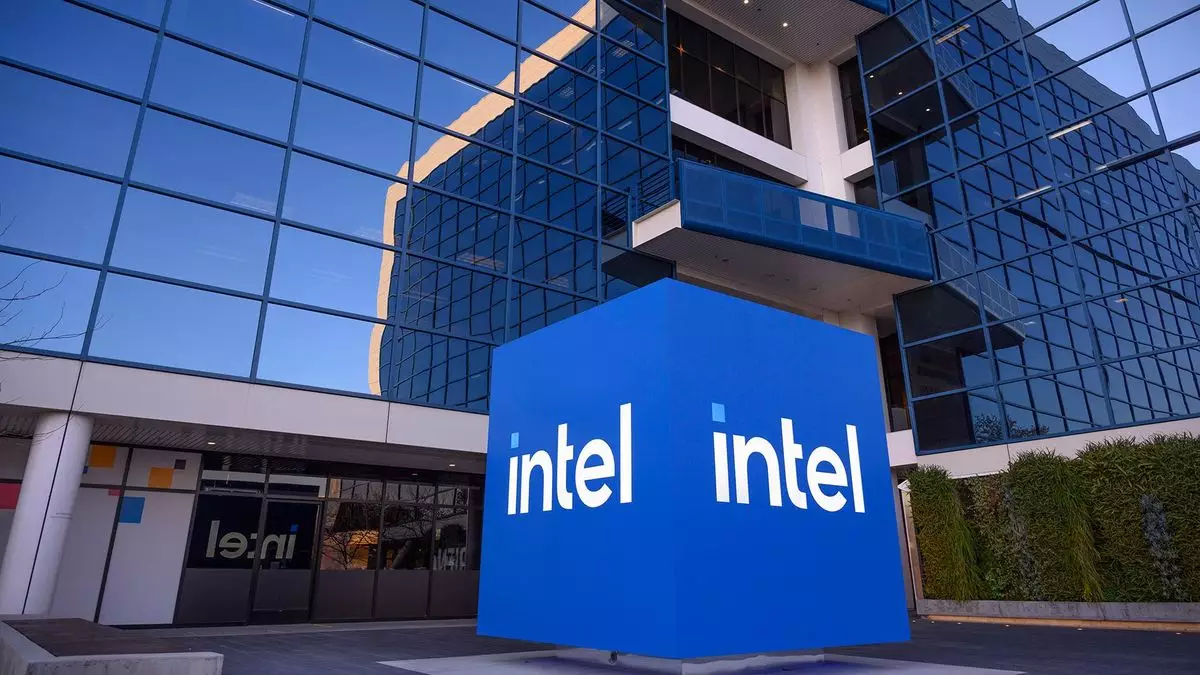The quote “you miss 100% of the shots you don’t take” resonates in various arenas of life, particularly in the fast-paced tech industry where opportunistic ventures can dictate the trajectory of a company’s growth. In the case of Intel, this adage highlights a pivotal point in their corporate history and recent struggles. Reflecting on the past decisions made by Paul Otellini, Intel’s CEO from 2005 to 2013, reveals a bigger picture about corporate foresight and the reverberations of strategic blunders.
An intriguing New York Times report divulges a critical moment in Intel’s history: Otellini’s push to acquire Nvidia just after taking the helm. Nvidia, a relatively small computer graphics company at that time, commanded a valuation of $20 billion, prompting apprehension among Intel’s board members. The hesitation was palpable, emblematic of a resistant corporate culture that prioritized short-term profit from established product lines over long-term growth potential. Resistance to this acquisition was not just about finances; it symbolized a broader reluctance to adapt to an evolving tech landscape.
It’s noteworthy to consider how different the story could be today. Nvidia’s ascension as a dominant player in the AI sphere, boasting a staggering market capitalization of around $3.5 trillion, starkly illustrates the costly oversight of not seizing that opportunity. The dismissal of Otellini’s proposal exemplifies a fear of exploring new territory, which could have dramatically altered Intel’s standing in the industry.
Interestingly, some Intel executives recognized Nvidia’s potential back in 2005. Their belief that Nvidia’s graphics chip architecture could be critical for future data center applications highlights a disconnect between vision and action within Intel’s leadership. Corporate culture at Intel was described poignantly as “the largest single-cell organism on the planet,” underscoring a stagnant and insular mindset that was heavily focused on the legacy x86 processor designs.
Historically, this culture has inhibited innovation; former CEO Craig Barrett’s comparison of the x86 business to a creosote bush conveys how Intel’s triumph led to complacency, overshadowing emerging technology trends. While profits surged, the shortsightedness that accompanied this success would prove detrimental as competitors like Nvidia capitalized on new markets.
Current Intel CEO Pat Gelsinger inherited a complex web of challenges exacerbated by the missed Nvidia opportunity. After the board’s rejection of Nvidia, Gelsinger initiated the Larrabee project, which sought to fuse graphics chip and PC chip designs. However, technical difficulties plagued the venture, resulting in subpar performance. Gelsinger’s unwavering belief in the potential of such hybrid chips suggests that Intel’s initial refusal to pursue a partnership with Nvidia was likely a critical miscalculation that has haunted the company.
In a stark contrast to Nvidia’s rapid expansion, Gelsinger’s Intel faces significant operational woes today—mass layoffs, dwindling stock valuations, and ongoing manufacturing challenges. The company has found itself in a precarious position, forced to reconsider its strategies in comparison to industry counterparts that have embraced forward-thinking investments.
Intel’s history of strategic misfires continues into more recent times. Reports show that the tech giant declined an opportunity to invest $1 billion for a 15% stake in OpenAI back in 2018. Fast-forward to today, and OpenAI’s estimation at around $80 billion starkly illustrates how Intel’s hesitance reflects a pattern of missed opportunities. Had Intel capitalized on this venture, it could have potentially redefined its standing in AI, which has become a cornerstone for technological advancement.
Such decisions are indicative of a broader trend within Intel that prioritizes short-term security over bold long-term exploration. This detrimental pattern, combined with the resistance to transformative strategies exemplified by the Nvidia situation, has led the company to experience accumulated setbacks.
Intel finds itself at a crossroads. Despite a once-dominant position, the company’s failures to seize critical market opportunities reveal a cautionary tale about the dangers of corporate myopia. To reignite its growth trajectory, Intel must embrace a renewed commitment to visionary planning, shedding entrenched practices that stifle innovation. The tech industry is ever-evolving; with the right strategic foresight, Intel can reclaim its legacy as a titan, but only if it learns to take calculated shots rather than sitting idly on the sidelines. As history shows, the cost of missed opportunities can be profoundly steep, and Intel now has the chance to rewrite its narrative.

